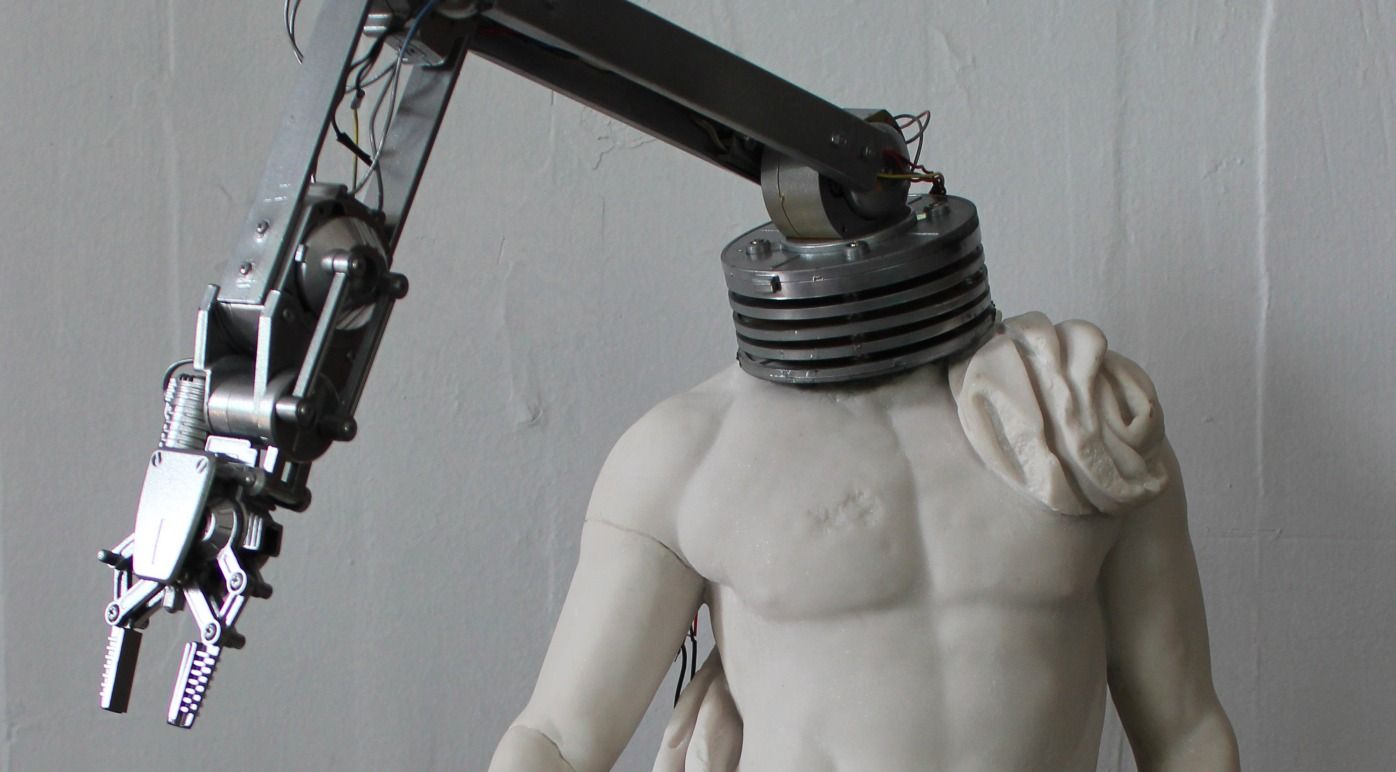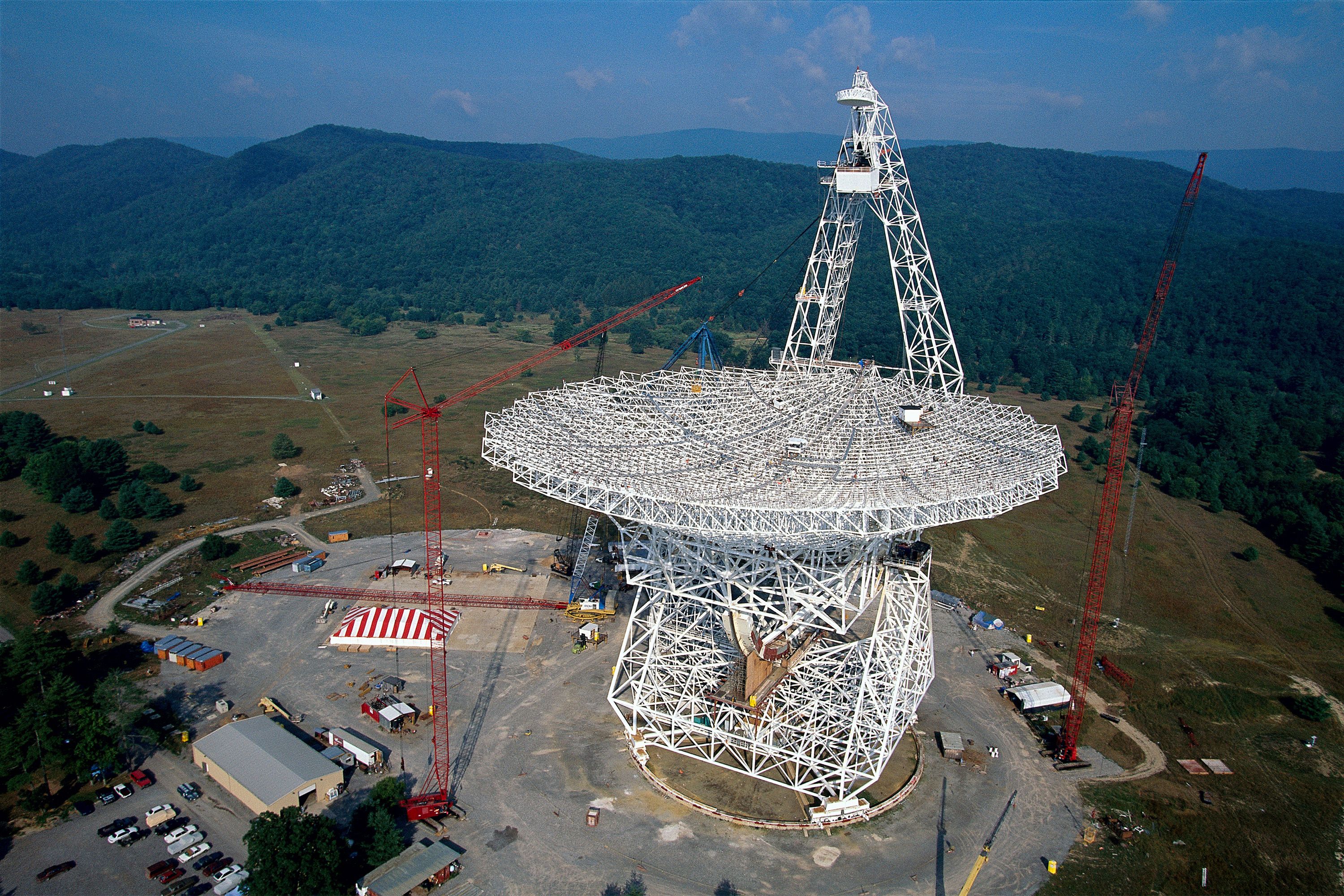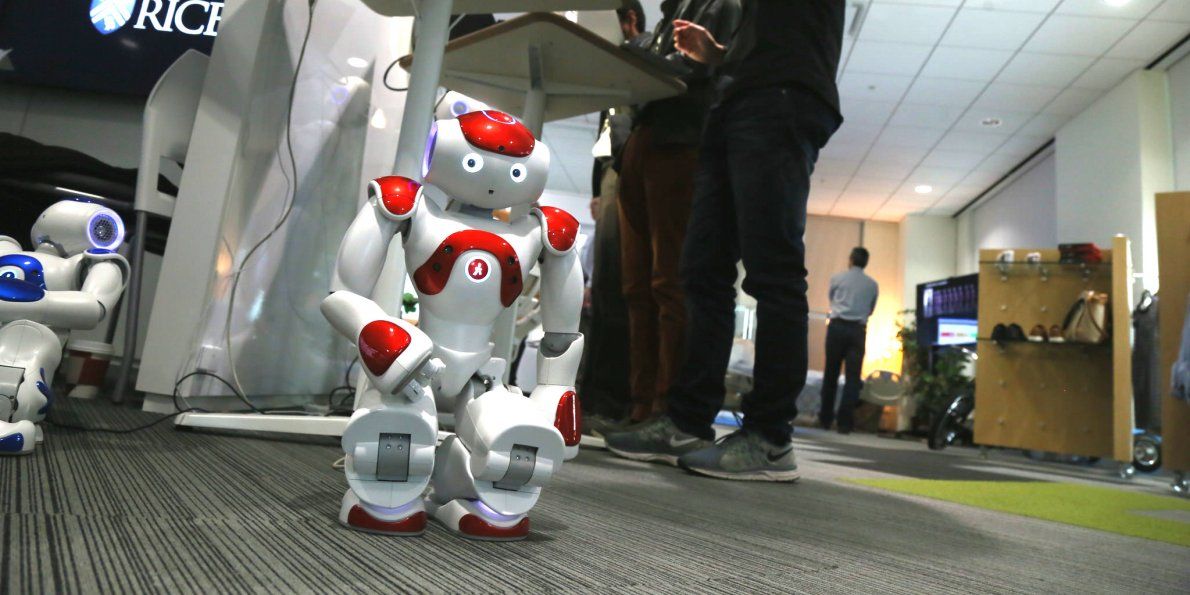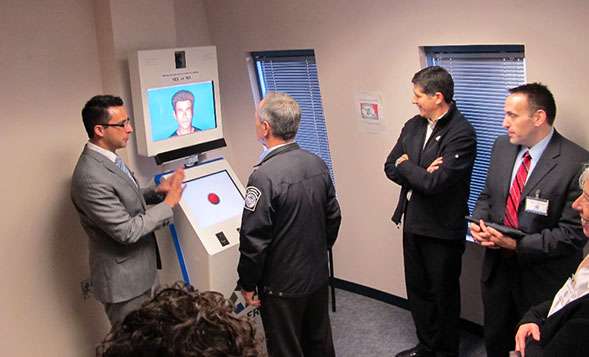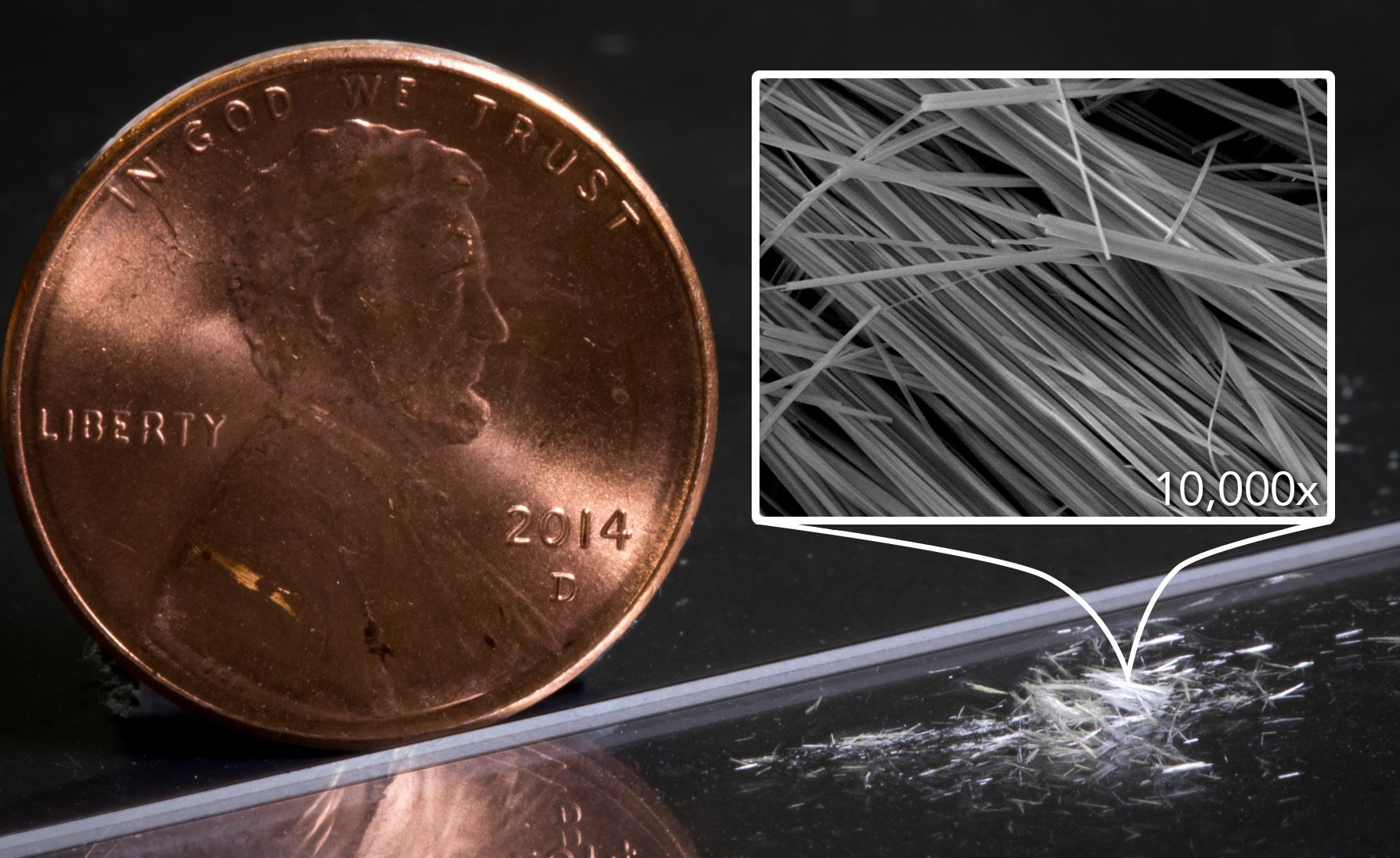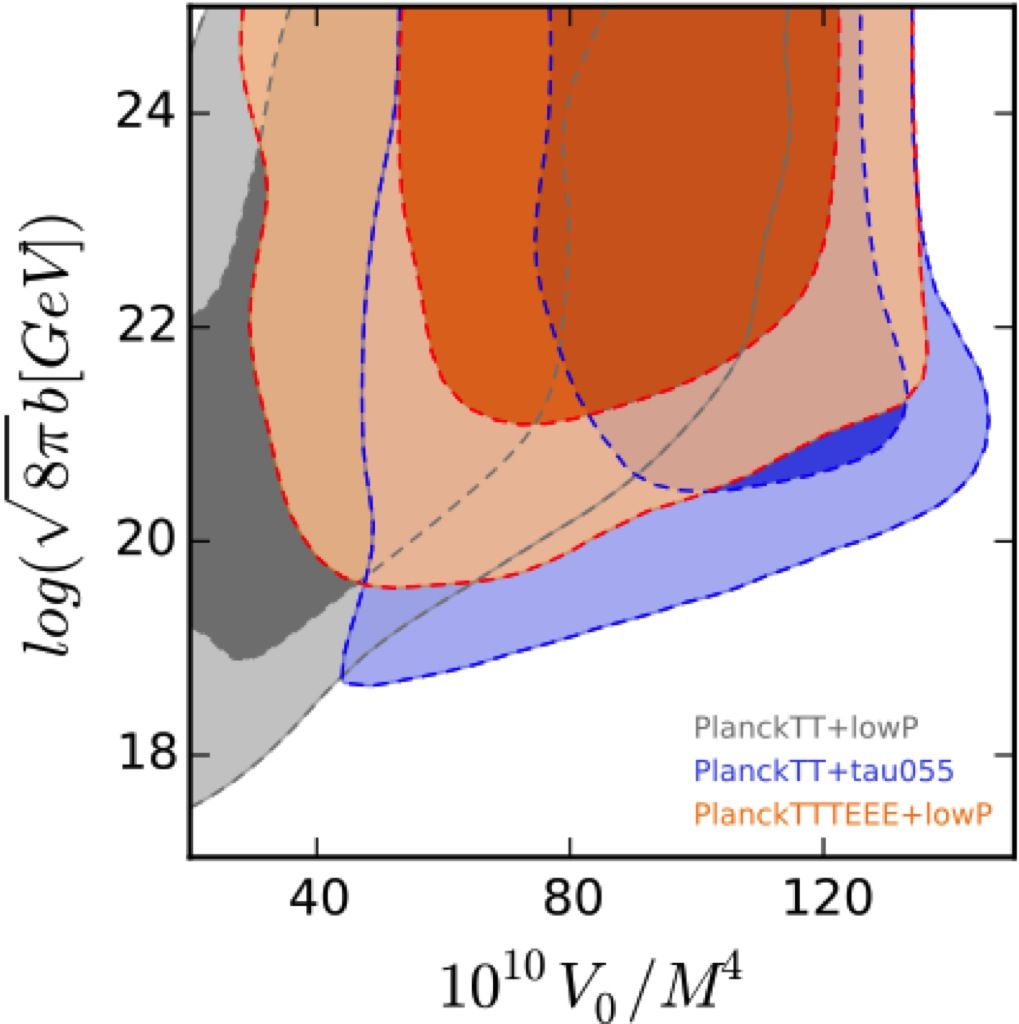Page 10594
Dec 28, 2016
Scientists say radio signals from deep space could be aliens
Posted by Sean Brazell in category: alien life
Scientists may have found proof that E.T. really is phoning home — in the form of powerful radio signals, which have been detected repeatedly in the same exact location in space.
Astronomy experts with the Green Bank Telescope in West Virginia and the Arecibo Observatory in Puerto Rico have discovered six new fast radio bursts (FRBs) emanating from a region far beyond our Milky Way galaxy, according to a recent report in the Astrophysical Journal.
The discovery — made in the direction of the constellation Auriga — is significant considering the fact that at least 17 FRBs have now been detected in this area. It is also the only known instance in which these signals have been found twice in the same location in space.
Continue reading “Scientists say radio signals from deep space could be aliens” »
Dec 28, 2016
IBM is working on a robot that takes care of elderly people who live alone
Posted by Shane Hinshaw in category: robotics/AI
To address the world’s incoming senior citizens, IBM is developing a robot that can help the elderly live alone without sacrificing safety.
Dec 28, 2016
AI Wrote a Sci-Fi Screenplay for a London Film Festival, and Humans Directed It
Posted by Shane Hinshaw in categories: entertainment, robotics/AI
Dec 28, 2016
The lie-detecting security kiosk of the future
Posted by Shane Hinshaw in categories: robotics/AI, security, transportation
When you engage in international travel, you may one day find yourself face-to-face with border security that is polite, bilingual and responsive—and robotic.
The Automated Virtual Agent for Truth Assessments in Real Time (AVATAR) is currently being tested in conjunction with the Canadian Border Services Agency (CBSA) to help border security agents determine whether travelers coming into Canada may have undisclosed motives for entering the country.
“AVATAR is a kiosk, much like an airport check-in or grocery store self-checkout kiosk,” said San Diego State University management information systems professor Aaron Elkins. “However, this kiosk has a face on the screen that asks questions of travelers and can detect changes in physiology and behavior during the interview. The system can detect changes in the eyes, voice, gestures and posture to determine potential risk. It can even tell when you’re curling your toes.”
Dec 28, 2016
Our Galactic Future Depends On Digital Health Technologies
Posted by Klaus Baldauf in categories: health, space

Improving healthcare is actually a bigger challenge than rocket science itself in reaching humanity’s next grand goal to reach Mars in the next decades.
Dec 28, 2016
Stanford scientists see big potential for tiny wires
Posted by Karen Hurst in category: particle physics
More proof about diamonds around QC.
Creation of impossibly thin wires just three atoms wide opens up new possibilities in a variety of fields.
Dec 28, 2016
Nano-sized discs teach your body to kill cancer cells
Posted by Karen Hurst in categories: biotech/medical, nanotechnology
PanARMENIAN.Net — In the future, getting customized cancer treatments might just be a matter of injecting virtually invisible discs into your body, Engadget said.
University of Michigan scientists have had early success testing 10nm “nanodiscs” that teach your body to kill cancer cells. Each disc is full of neoantigens, or tumor-specific mutations, that tell your immune system’s T-cells to recognize those neoantigens and kill them. When you pair them up with immune checkpoint inhibitors (which boost the T-cells’ responses), they can not only wipe out existing tumors, but prevent them from reemerging later.
This testing has been limited to mice so far, but it’s promising. The nanodiscs took 10 days to eliminate tumors, and they shut down identical tumors when they were reinserted 70 days later. For the researchers, the big challenge right now is scaling the tests to see if they still hold up with larger animals. If the approach proves successful with humans, the days of generic cancer solutions might be limited — so long as doctors could get a sample of your cancer, they’d stand a realistic chance of eliminating the disease, Engadget said.
Dec 28, 2016
Testing Predictions of the Quantum Landscape Multiverse 2: The Exponential Inflationary Potential [CEA]
Posted by Karen Hurst in categories: cosmology, particle physics, quantum physics
The 2015 Planck data release tightened the region of the allowed inflationary models. Inflationary models with convex potentials have now been ruled out since they produce a large tensor to scalar ratio. Meanwhile the same data offers interesting hints on possible deviations from the standard picture of CMB perturbations. Here we revisit the predictions of the theory of the origin of the universe from the landscape multiverse for the case of exponential inflation, for two reasons: firstly to check the status of the anomalies associated with this theory, in the light of the recent Planck data; secondly, to search for a counterexample whereby new physics modifications may bring convex inflationary potentials, thought to have been ruled out, back into the region of potentials allowed by data. Using the exponential inflation as an example of convex potentials, we find that the answer to both tests is positive: modifications to the perturbation spectrum and to the Newtonian potential of the universe originating from the quantum entanglement, bring the exponential potential, back within the allowed region of current data; and, the series of anomalies previously predicted in this theory, is still in good agreement with current data. Hence our finding for this convex potential comes at the price of allowing for additional thermal relic particles, equivalently dark radiation, in the early universe.
E. Valentino and L. Mersini-Houghton Wed, 28 Dec 16 26/46.
